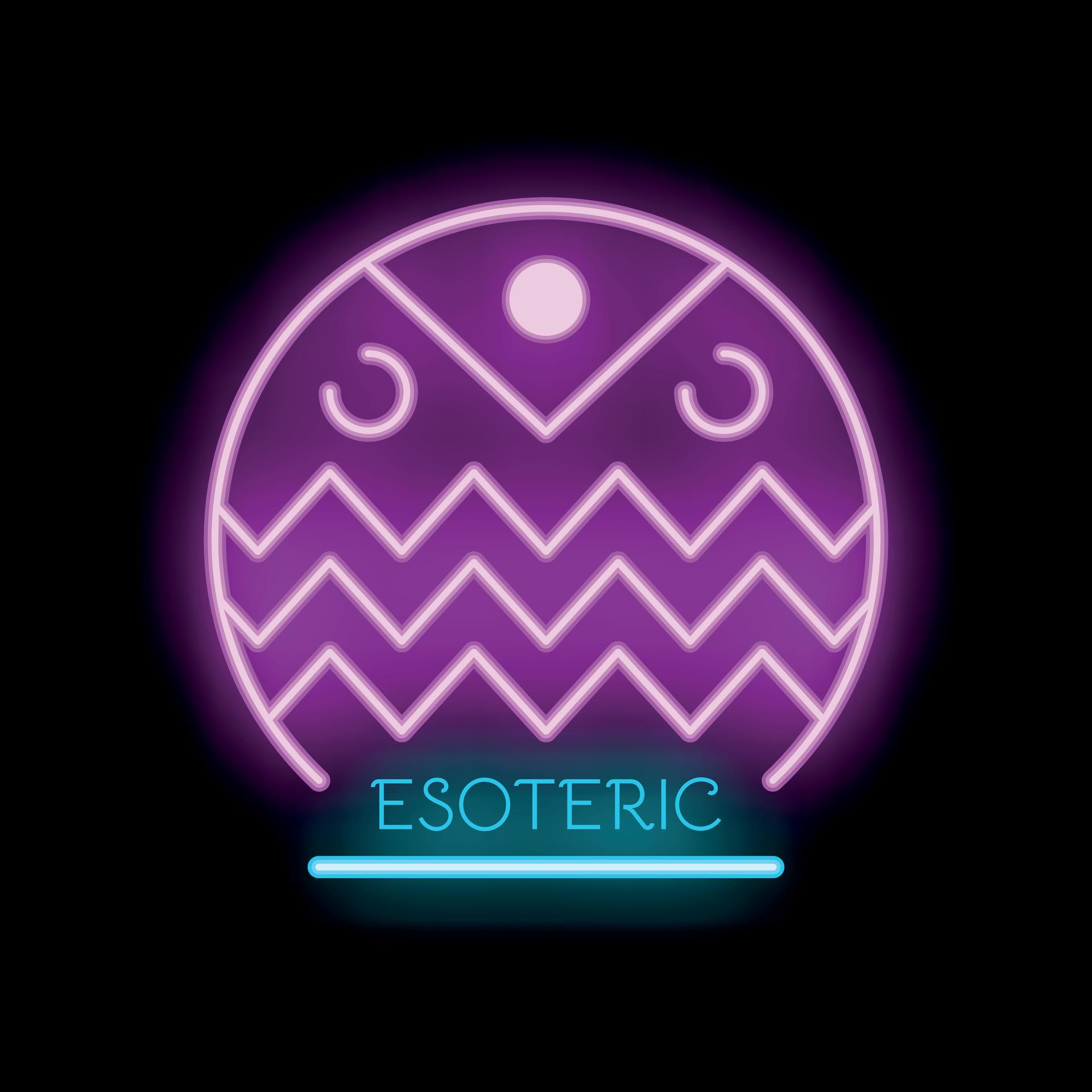Zindig
Zindig is a concept originating from ancient Persian culture and the Zoroastrian religion. The term is used particularly in Zoroastrian writings and refers to the idea of "zindity," or the state of being "alive." The origin of the term "zindig" lies in the word "zind," which means "life" or "alive."
There are several meanings that can be derived from the use of the term:
1. In Zoroastrian religion:
In Zoroastrian philosophy, the concept of "zindig" is often used in the context of belief in life and death. In this context, "zindig" represents life as a divine gift, associated with responsibility and duty. Zoroastrianism, the ancient Iranian religion, places great emphasis on the meaning of life and the moral choices people make. A "zindig" life is one lived in accordance with the divine principles of truth and righteousness.
2. Life as a Concept:
The term "zindig" can also be understood as a general concept for the active, conscious, and moral life. It refers to the state of being in which a person is fully engaged in life, in all that they do, and is active both physically and mentally. A "zindig" life is often symbolic of the pursuit of fulfillment and meaning by experiencing life to its fullest.
3. In a Modern Context:
In modern contexts, the term "zindig" could also be used metaphorically to describe life as an active and conscious life, full of energy and drive, facing life's challenges, and guided by moral convictions and inner wisdom. It could represent the opposite of a passive or rigid existence.
Conclusion:
"Zindig" is therefore more than just a term for "alive" in the physical sense. In the Zoroastrian tradition and in modern interpretations, it also encompasses a spiritual dimension connected to the idea of responsibility, ethical action, and an active life. The term calls for living life in all its depth and meaning.
Links:




